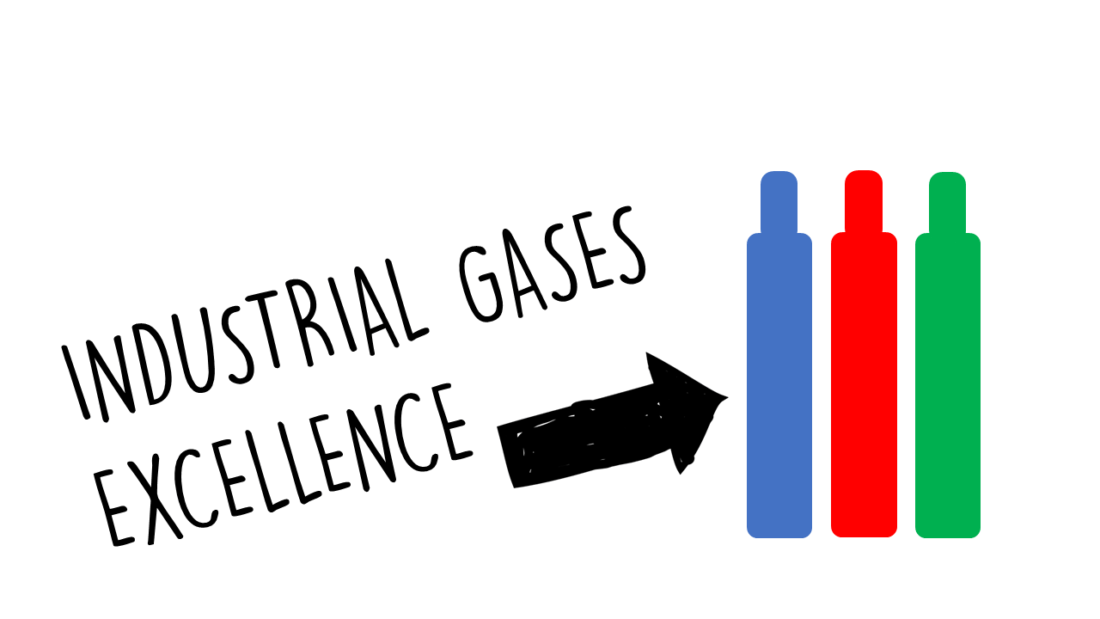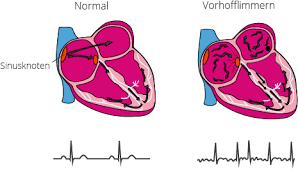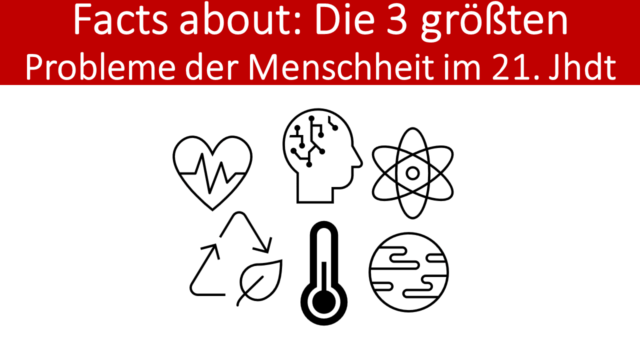Introduction: The Role of Industrial Gases in Manufacturing
Industrial gases play a crucial role in various manufacturing industries, providing essential support for a wide range of processes. These gases are used in different ways to enhance efficiency, improve product quality, reduce emissions, and drive innovation in manufacturing. From the production of steel to the manufacturing of electronics, industrial gases are an integral part of the modern manufacturing landscape.
Industrial gases are used in a variety of processes across different industries. For example, in the steel industry, oxygen is used to increase the efficiency of blast furnaces and reduce energy consumption. In the electronics industry, nitrogen is used for soldering and as a protective atmosphere during the production of semiconductors. In the food and beverage industry, carbon dioxide is used for carbonation and as a preservative. These are just a few examples of how industrial gases are utilized in manufacturing.
Enhancing Efficiency: How Industrial Gases are Streamlining Manufacturing Processes
One of the key benefits of industrial gases in manufacturing is their ability to enhance efficiency. By providing a controlled and precise environment, these gases enable manufacturers to optimize their processes and reduce waste. For example, in the automotive industry, industrial gases such as argon and helium are used for leak testing, ensuring that vehicles meet quality standards before they leave the factory.
In addition to leak testing, industrial gases are also used for welding and cutting processes in manufacturing. For instance, oxygen is commonly used in oxy-fuel cutting, which is a process that uses a combination of oxygen and fuel gas to cut through metal. This process is highly efficient and allows manufacturers to achieve precise cuts with minimal waste.
Improving Product Quality: The Impact of Industrial Gases on Manufacturing Standards
Industrial gases have a significant impact on product quality in manufacturing industries. By providing a controlled atmosphere or environment, these gases help manufacturers maintain consistent quality standards throughout the production process. For example, in the pharmaceutical industry, nitrogen is used to create an inert atmosphere during the production of sensitive drugs, preventing oxidation and ensuring product stability.
In the food and beverage industry, industrial gases are used to extend the shelf life of products and maintain their freshness. For example, carbon dioxide is commonly used as a preservative in packaged foods to prevent spoilage and maintain product quality. Similarly, nitrogen is used in the packaging of potato chips to create a protective atmosphere that prevents oxidation and maintains crispness.
Environmental Benefits: How Industrial Gases are Reducing Manufacturing Emissions
Industrial gases also play a crucial role in reducing emissions and promoting sustainability in manufacturing. By replacing traditional fossil fuels with cleaner alternatives, these gases help reduce greenhouse gas emissions and minimize the environmental impact of manufacturing processes. For example, hydrogen is increasingly being used as a clean fuel source in various industries, including transportation and power generation.
In addition to reducing emissions, industrial gases also contribute to waste reduction and resource conservation. For instance, carbon dioxide can be captured from industrial processes and used for enhanced oil recovery or as a feedstock for the production of chemicals. This not only reduces emissions but also helps conserve resources by utilizing waste gases that would otherwise be released into the atmosphere.
Cost Savings: The Financial Advantages of Adopting Industrial Gases in Manufacturing
The adoption of industrial gases in manufacturing can lead to significant cost savings for industries. By improving efficiency and reducing waste, these gases help manufacturers optimize their processes and reduce operating costs. For example, in the glass industry, oxygen is used to increase furnace efficiency, resulting in lower energy consumption and cost savings.
Industrial gases can also help reduce maintenance costs by minimizing equipment downtime and extending the lifespan of machinery. For instance, nitrogen is commonly used for purging pipelines and equipment in the oil and gas industry to prevent corrosion and maintain operational efficiency. This helps reduce maintenance costs and improve overall productivity.
Advancements in Technology: How Industrial Gases are Driving Innovation in Manufacturing
Industrial gases are driving technological advancements in manufacturing, enabling the development of new processes and technologies. For example, in the aerospace industry, industrial gases such as argon and helium are used for leak testing and as a protective atmosphere during the production of aircraft components. These gases enable manufacturers to ensure the quality and integrity of their products, leading to safer and more reliable aircraft.
In the electronics industry, industrial gases are used for semiconductor manufacturing, enabling the production of smaller and more powerful electronic devices. For instance, nitrogen is used as a cooling agent during the fabrication of computer chips, preventing overheating and ensuring optimal performance. This has led to significant advancements in the field of electronics, with devices becoming smaller, faster, and more energy-efficient.
Safety Measures: The Importance of Industrial Gases in Ensuring Workplace Safety in Manufacturing
Industrial gases play a crucial role in ensuring workplace safety in manufacturing industries. By providing a controlled and safe environment, these gases help protect workers from potential hazards and minimize the risk of accidents. For example, in the oil and gas industry, industrial gases such as hydrogen sulfide are used for gas detection and monitoring, alerting workers to potential leaks or hazardous conditions.
In addition to gas detection, industrial gases are also used for fire suppression systems in manufacturing facilities. For instance, carbon dioxide is commonly used as a fire extinguishing agent in areas where water-based systems may not be suitable. This helps prevent fires from spreading and minimizes damage to equipment and property.
Case Studies: Success Stories of Industries Revolutionized by Industrial Gases
There are numerous success stories of industries that have been transformed by the adoption of industrial gases. One such example is the steel industry, which has significantly improved its efficiency and reduced its environmental impact through the use of industrial gases. By replacing traditional coke with oxygen in blast furnaces, steel manufacturers have been able to increase productivity, reduce energy consumption, and lower emissions.
Another success story is the food and beverage industry, which has improved product quality and extended shelf life through the use of industrial gases. By utilizing carbon dioxide and nitrogen in packaging processes, manufacturers have been able to maintain the freshness of their products and reduce food waste. This has not only improved customer satisfaction but also resulted in significant cost savings for the industry.
Future Outlook: The Potential of Industrial Gases to Transform Manufacturing in the Coming Years
The future of manufacturing holds great potential for the further adoption and advancement of industrial gases. As industries continue to prioritize efficiency, sustainability, and product quality, the demand for industrial gases is expected to grow. With ongoing advancements in technology and the development of new processes, industrial gases will play an even more significant role in transforming manufacturing in the coming years.
For example, hydrogen is emerging as a key player in the transition to clean energy and decarbonization. As industries seek to reduce their reliance on fossil fuels and transition to renewable energy sources, hydrogen is expected to play a crucial role as a clean fuel source and energy carrier. This will not only help reduce emissions but also drive innovation in manufacturing processes and technologies.
Conclusion: Embracing the Power of Industrial Gases in Revolutionizing Manufacturing Processes
In conclusion, industrial gases play a vital role in revolutionizing manufacturing processes across various industries. From enhancing efficiency and improving product quality to reducing emissions and driving innovation, these gases offer numerous benefits for manufacturers. By embracing the power of industrial gases, industries can optimize their processes, achieve cost savings, improve product quality, ensure workplace safety, and contribute to a more sustainable future. As the manufacturing landscape continues to evolve, industrial gases will remain a critical component in driving progress and innovation.




